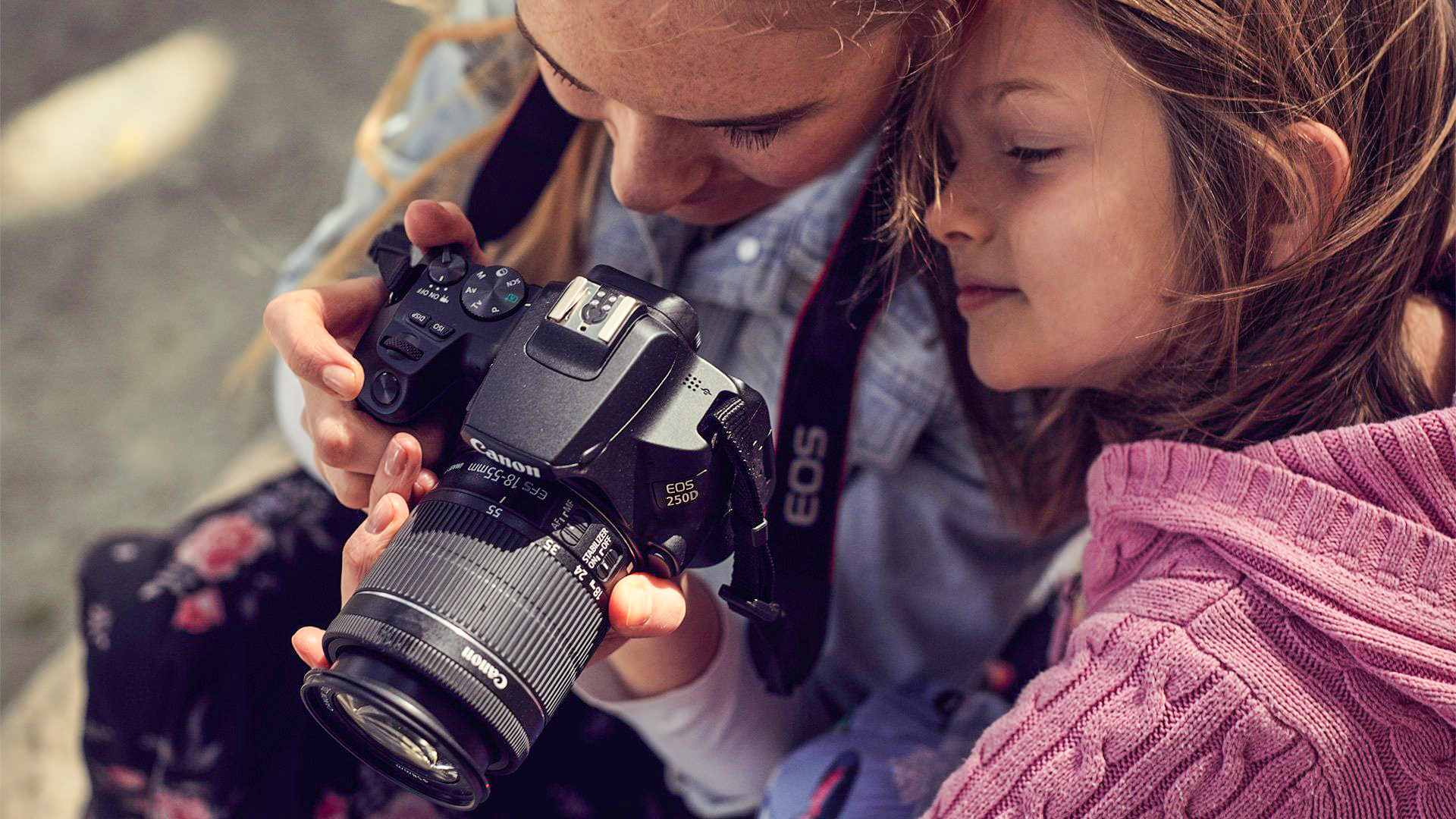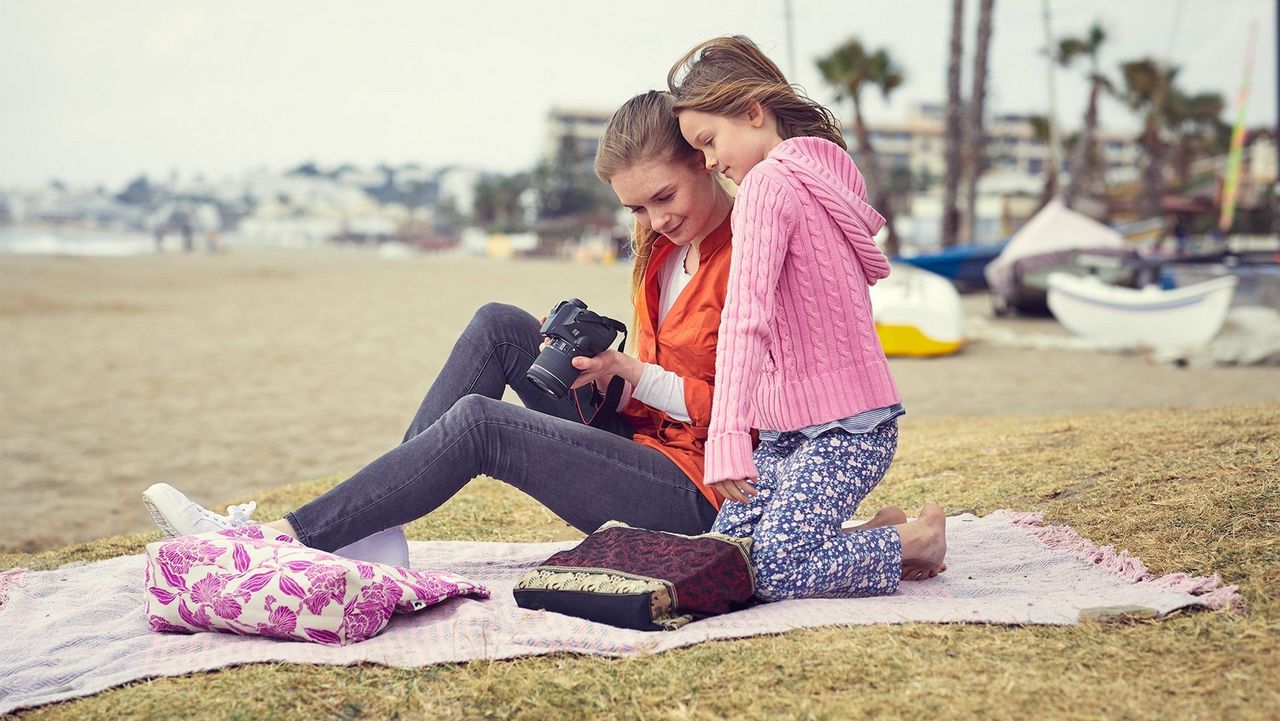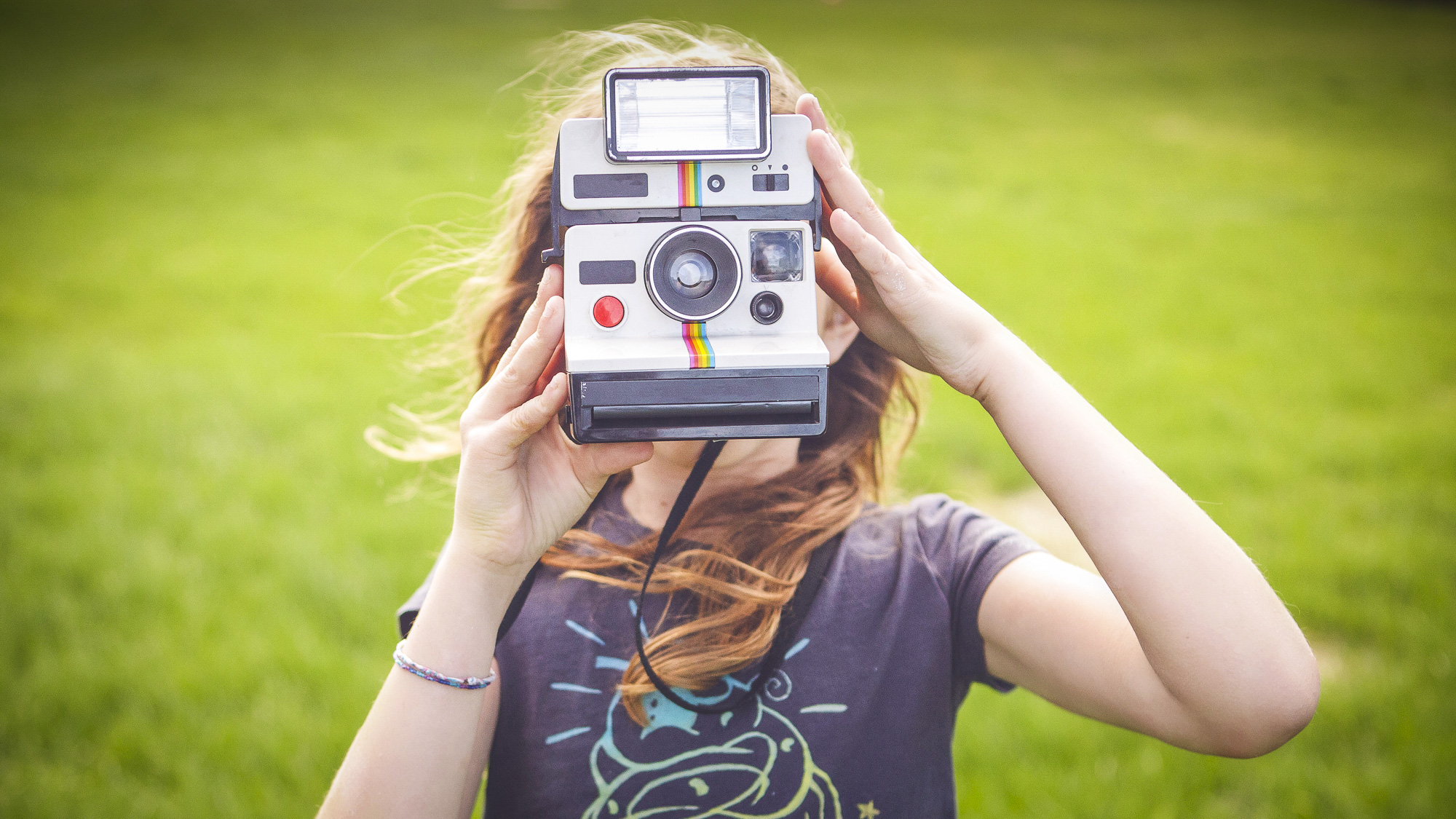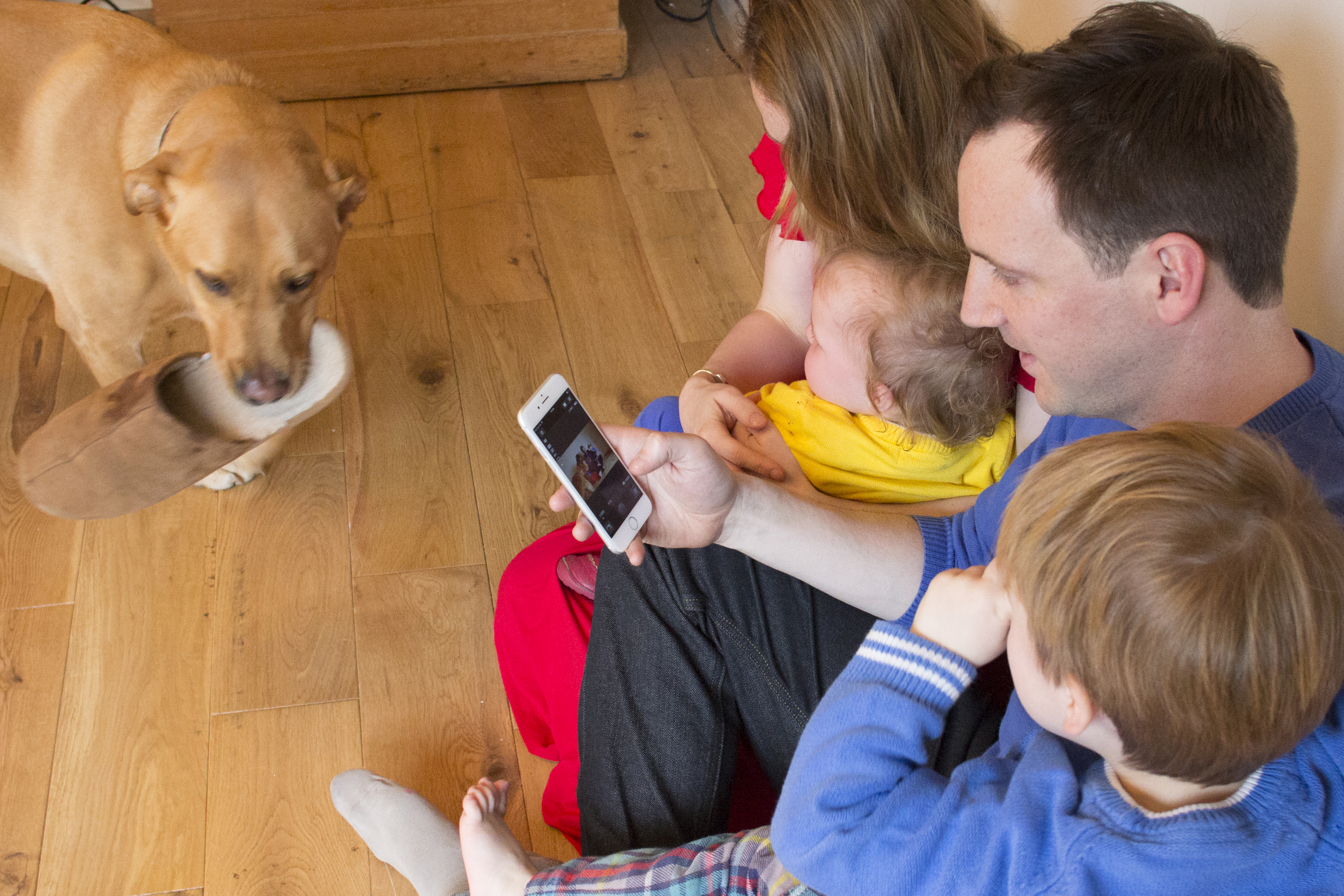Photography for kids – 10 ideas for kids to shoot (to stay busy during lockdown!)
10 photography for kids shooting ideas, plus 10 tips to help them get the most out of the camera at home

• 5 STARTING TIPS
What are the useful things to show children before they start their photo projects
• 10 IDEAS TO SHOOT
Ten great photographic projects that are designed to be fun for kids at any age
• 5 SHOOTING TIPS
Advice and ideas on how to get children more engaged with their photography, and fuel that new hobby
Photography for kids has many similarities to photography for adults. You have to think about cameras and focal lengths, and how to hold and use the kit properly, but the difference is that kids don’t get hung up on all the dogma that adults do.
When it comes to photography for kids, it’s less about conforming to all the rules and more about running around, exploring and most of all enjoying the experience of taking pictures. There’s a lot we can learn from that!
Still, just as with helping a child when they first pick up a paintbrush, a little bit of structure and guidance can help them get so much more out of the experience – and turn it from a way to kill time one afternoon into a lifelong hobby that they can share with you.
This article will guide you through the process of getting a camera into your child’s hands, giving them ideas to take pictures of, and helping them learn about and improve their photography. We’ve broken it into three sections:
• Starting tips
• Ideas of things to shoot
• Shooting tips

5 STARTING TIPS: THE BASICS
01 Choosing a camera
If you’ve already got a camera or camera phone – perhaps an older model that you don’t mind getting a few knocks – then you’re already sorted. If you’re looking to pick up something specifically for the task, though, we’ve got a guide to the best cameras for kids that will help you choose just the right thing. There are plenty of digital options, from cheap DSLRs to rough-and-tumble waterproof cameras, and film is also a great choice, whether it’s the simplicity of the best instant cameras or even a 36-shot disposable film camera.
02 How to hold the camera
This is so obvious that it’s easy to overlook. Most photographers are so used to handling a camera that it isn’t even a second thought, and most non-photographers have never given much thought to why and where your hands are supposed to go. However, teach your kids how to hold a camera properly and they’ll have good habits for life.
03 The right lens
If you’re kitting your kids out with a DSLR or mirrorless camera, you’ll need to pick the right lens. The kit lens or standard zoom that came with your body makes an ideal start, as it will offer a versatile focal range that you can set according to the scene – and then get them to use the zoom ring to start understanding how to frame an image. Another alternative is a 50mm lens – aka the “nifty fifty” or standard prime. This is a great option as it offers a field of view very similar to that of the human eye; in other words, the camera sees the world in the same way that your child does, making it easier for them to capture what they want.
04 Live View
By far the easiest way to get your kids shooting is to put the camera into Live View. This gives them a ‘what you see is what you get’ way to shoot, as the LCD screen shows them exactly what the shot will look like. If your camera has a touchscreen, Live View also has the benefit of making focusing much easier – all they have to do is tap their subject on the screen.
If a touch screen isn’t an option, you’ll need to teach your young ’uns how focal lock works – otherwise, they will get frustrated when all their shots are out of focus. Focal lock is the act of half-pressing the shutter to acquire focus, which can be tricky for kids to master (especially when the camera doesn’t always focus on what they want or expect it to), so be patient!
As a bonus tip, turn on the 3x3 grid so you can get them thinking about the rule of thirds when they compose their images. Having it there from the first time they use a camera is a great way to get them into a good habit.
05 Go Auto… or use these hacks!
The best way to hand a camera to a child is to set to automatic mode, which will enable them to start snapping right away (many cameras have a lock function on the settings dial, which will prevent them from accidentally changing modes or settings). Even then, though, getting shots that are in focus and blur-free can still be tricky. Thankfully, there are a couple of little cheats that can help.
Firstly, if the light is constant, you can stop the aperture down to something like f/16, which will create a very deep depth of field – making it much easier to get subjects in focus if your child is having trouble. Don’t be afraid to push the ISO, as kids will be far less fussy about grain and image quality than your local camera club!
If they’re having difficulty with blurry pictures, either because they’re not very steady or their subject is moving (which may well be the case if they’re taking pictures of the dog), try setting the camera to its Sports mode. This is a pre-programmed option that uses fast shutter speeds – perfect for freezing unwanted movement.

10 PHOTOGRAPHY IDEAS: THINGS TO SHOOT!
Kids love to do their own thing, and often the best way for them to enjoy things is to explore them on their own terms. Photography is no different! You want them to build their own relationship with the camera, and to discover their inner visualist – at least in the short term, they will get much more out of this than by you telling them what to do.
However, there will come a time when they run out of ideas and start getting bored of shooting aimlessly on their own. The trick is to give them a framework of ideas, which they can then interpret in their own way. Here are some open-ended projects and themes to encourage children to be a bit more creative…
01 A to Z
Shoot something beginning with every letter of the alphabet.
02 Rainbow challenge
Photograph something of every color.
03 Name game
Spell their name, by photographing objects that resemble each letter.
04 Pet’s eye view
Take photographs that show the dog or cat’s view of the world.
05 Object objectives
Find a creative way to shoot, for example, all the door handles in the house.
06 Shoot an advert
Whether it’s a favorite toy, a pair of trainers or a can of dog food, show your kids some magazine ads and get them to shoot one of their own.
07 Shoot a story
Use a toy or teddy as the lead character, and take photographs to tell a comic book-like story. If they’re using an instant camera or portable printer, this is great for scrapbooking.
08 Scavenger hunt
This is one of the best ways to occupy kids (and adults, too!), especially when you’re isolated at home. Just as you would organize a regular scavenger hunt, compile a list of specific things around the house or in your garden, and task your kids with finding them all and taking a photograph of each one. You can also mix things up by hiding specific objects or items – from toys to Easter eggs – which will encourage the little ones to do a bit more seeking and searching.
09 Creative control
Many cameras have creative color modes and even full-blown filters; at the very least, you should have an option to shoot in black-and-white. However, cameras from Olympus offer a full suite of creative Art Filters – such as Watercolor, Key Line, Diorama, Pinhole and Pop Art – which are brilliant for getting youngsters to see and shoot things in fun and unique ways. Whether you get them to take a series of shots in monochrome, or take artistic images with these Art Filters, they’ll love playing around with the unusual effects that let them see the world with new eyes.
• Best Olympus cameras
10 Getting a fisheye-ful
Speaking of eyes, many photographers invested in a fisheye lens that they never have an opportunity to use. Well now is the time to dust it off, as kids will love it! This distorted, freaky funhouse view of the world will get them taking extreme close-up pictures of funny faces, crawling on the floor to make rooms look enormous, and exploring the four familiar walls of your home in a new and engaging way.
• Best fisheye lenses

5 SHOOTING TIPS: GET BETTER SHOTS
01 Set a limit on shots
When most of us first used a camera, we had to be very selective about what we shot because a roll of film only had 36 exposures (and spare a thought for those of us who shot on rolls of 12!). With digital, there’s much more scope to take millions of pictures and just spray-and-pray – and it’s much harder to unlearn that habit, so encourage your kids to shoot a specific number of shots per session. Say, twenty shots in total or five shots per room.
02 Check the background
Even seasoned photographers are guilty of getting carried away with the subject they’re shooting… and completely forgetting what’s in the background. Remind youngsters to concentrate as much on what’s behind their subject as on the subject itself, and to keep backgrounds as uncluttered as possible. Who knows, maybe an interest in photography will get them to keep their room tidy!
03 Get some perspective
As with all the tips in this section, this applies just as much to fully grown photographers: don’t shoot everything from eye level! Kids love crawling on their knees or wriggling around the floor to get a low angle, or to clamber onto the couch or bed for a higher angle. And don’t just settle for the first shot, taken face-on – see how the subject changes when you move around and shoot it from different sides and angles.
04 Fill the frame
Youngsters often take photos where the subject is in the frame but, you wouldn’t necessarily know what the subject is supposed to be. What they’re photographing is frequently too far away, and gets lost in the frame. Remind them to get closer to or zoom into their subject, and tell them not to be afraid to fill the frame with what they’re shooting.
05 Review images together
Not only does this make the photographic process a shared, family experience, this is a fantastic way to look at and talk about the photographs your child has taken. Why did they shoot this shot, what were they trying to achieve, why it does or doesn’t work – this feedback will help you understand and encourage their creative eye, and it will help them understand complex concepts such as composition and perspective.
Read more:
The best camera for kids in 2020: family friendly cameras for all ages
Stuck at home: 11 photo projects to try indoors during the COVID-19 crisis
Photography tips and techniques videos
Get the Digital Camera World Newsletter
The best camera deals, reviews, product advice, and unmissable photography news, direct to your inbox!

James has 22 years experience as a journalist, serving as editor of Digital Camera World for 6 of them. He started working in the photography industry in 2014, product testing and shooting ad campaigns for Olympus, as well as clients like Aston Martin Racing, Elinchrom and L'Oréal. An Olympus / OM System, Canon and Hasselblad shooter, he has a wealth of knowledge on cameras of all makes – and he loves instant cameras, too.
